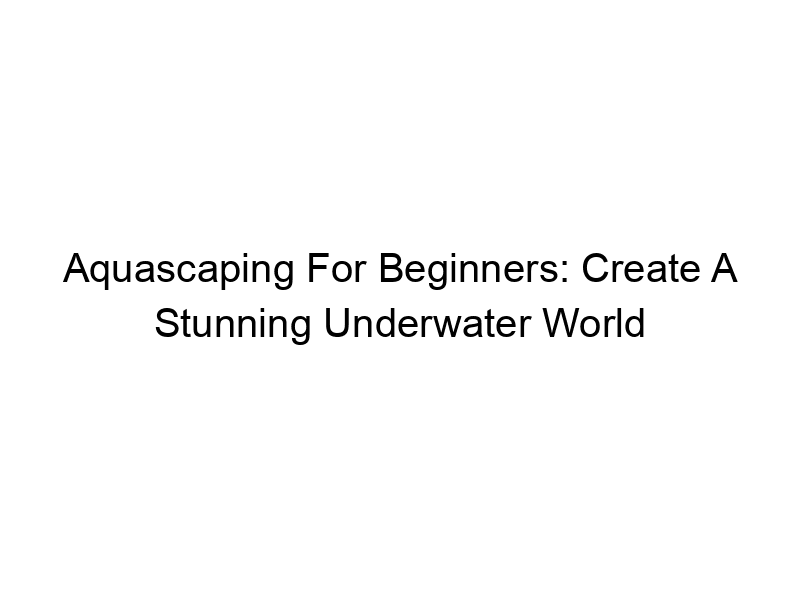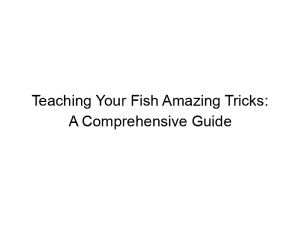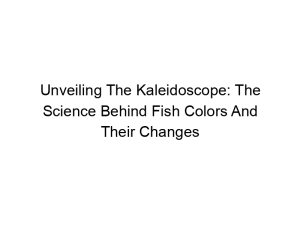Want to transform your fish tank from a basic habitat into a breathtaking underwater landscape? Aquascaping 101: Designing a Beautiful Fish Tank is your guide to creating a thriving and visually stunning aquatic ecosystem. This comprehensive guide will walk you through the fundamentals, from choosing the right tank and equipment to selecting plants and creating a captivating layout. We’ll cover everything you need to know to design and maintain a beautiful and healthy aquarium, whether you’re a complete novice or have some experience. Get ready to dive in!
Aquascaping is the art of arranging aquatic plants, rocks, wood, and other decorative elements within an aquarium to create an aesthetically pleasing and biologically balanced environment for fish and other aquatic life. It’s more than just throwing some plants in a tank; it’s about designing a miniature ecosystem that is both beautiful
and functional.
Why Aquascape Your Tank?
Beyond the obvious aesthetic appeal, aquascaping offers numerous benefits. A well-designed aquascape provides natural hiding places and breeding grounds for your fish, reducing stress and promoting natural behaviors. The plants help maintain water quality by absorbing nitrates and other harmful substances, reducing the need for frequent water changes. It also creates a visually engaging environment for both you and your aquatic pets.
Choosing the Right Aquarium
Tank Size and Shape
The size and shape of your aquarium will significantly impact your design options. Larger tanks offer more flexibility for complex layouts, while smaller tanks require more careful planning. Consider the space you have available and the type of aquascape you envision before selecting a tank.
Tank Placement and Lighting
Place your aquarium away from direct sunlight to prevent algae growth and choose appropriate lighting for the plants you select. Consider the location’s proximity to power outlets and its overall aesthetic within your home.
Essential Aquascaping Equipment
Beyond the tank itself, you’ll need several key pieces of equipment:
- Filter: Essential for maintaining water quality and removing waste products.
- Heater: Most tropical fish require a specific temperature range.
- Substrate: The base layer of your tank, providing nutrients for plants and a stable foundation.
- Lighting: Provides the necessary light for plant growth. Consider different spectrum options for optimized plant health.
- CO2 System (Optional): For faster plant growth, especially with demanding species.
Selecting Plants for Your Aquascape
Choosing the Right Species
Plant selection is crucial. Consider the light requirements, growth rate, and size of each plant to ensure compatibility with your tank and other inhabitants. Research different plant types, such as Anubias, Java Moss, and Vallisneria, to find species suitable for your design.
Planting Techniques
Proper planting techniques are essential for plant health and longevity. Learn about different planting methods, including burying rhizomes and attaching plants to hardscape elements.
Incorporating Hardscape Elements
Rocks and Driftwood
Rocks and driftwood provide structural elements and visual interest. Choose natural-looking pieces and arrange them creatively to form focal points and create depth within your aquascape. Consider using different sizes and textures for a more dynamic look.
Placement and Arrangement
The arrangement of hardscape elements significantly impacts the overall aesthetic. Experiment with different positions to achieve the desired effect, aiming for a balanced and visually appealing composition. Consider the “rule of thirds” in photography for guidance.
Designing Your Aquascape Layout
Creating a Visual Focal Point
Every aquascape needs a focal point – a visually dominant element that draws the eye. This could be a striking piece of driftwood, a cluster of plants, or a uniquely shaped rock. Careful planning of this element is crucial for overall design success.
Understanding Composition and Balance
Applying principles of composition, such as the rule of thirds and leading lines, will elevate your design. Ensure visual balance between different elements to create a harmonious and visually pleasing composition. Consider asymmetry for a more natural look.
Water Parameters and Maintenance
Testing Water Chemistry
Regular water testing is crucial for maintaining a healthy aquatic environment. Monitor parameters such as pH, ammonia, nitrite, and nitrate levels to ensure the well-being of your plants and fish.
Water Changes and Cleaning
Regular water changes are essential to remove accumulated waste and maintain water quality. Follow a schedule appropriate to your tank size and stocking levels. Learn proper cleaning techniques to avoid damaging your aquascape.
Stocking Your Aquascape
Choosing Compatible Fish
Select fish that are compatible with your aquascape’s size, plant life, and environmental conditions. Research their individual needs to ensure they thrive in your chosen environment.
Introducing Fish Gradually
Introduce new fish gradually to avoid shocking the ecosystem. Allow ample time for the biological filter to mature before adding the full complement of fish.
Troubleshooting Common Aquascaping Problems
Algae Growth
Algae is a common problem in aquariums. Understanding its causes (excess nutrients, light, etc.) and implementing preventative measures, such as appropriate lighting and regular maintenance, is critical.
Plant Diseases
Learn to identify and treat common plant diseases to prevent their spread and maintain a healthy aquatic environment. Early detection is key to successful treatment.
Advanced Aquascaping Techniques
Creating Depth and Perspective
Advanced aquascapers utilize techniques such as layering plants and hardscape elements to create depth and perspective, mimicking natural environments.
Utilizing Different Plant Textures and Colors
Mastering the use of contrasting colors and textures elevates the visual appeal of the aquascape, adding a layer of complexity and realism.
The Benefits of a Well-Designed Aquascape
A successful aquascape offers a multitude of benefits. Besides the aesthetic beauty, it enhances the overall health and well-being of your aquatic inhabitants, reduces maintenance needs, and provides a rewarding and relaxing hobby.
Cost Considerations and Budgeting
Aquascaping can range from a budget-friendly hobby to a significant investment, depending on your choices. Planning a budget ahead of time helps prevent unexpected expenses and ensures a successful project.
Aquascaping Styles and Inspirations
Explore various aquascaping styles such as Iwagumi (Japanese minimalist), Nature Aquarium (Dutch style), and others, drawing inspiration from nature and adapting them to your creative vision.
Frequently Asked Questions
What is the ideal tank size for beginners?
A 20-gallon long tank is a great starting point for beginners. It provides sufficient space for a basic aquascape and allows for some flexibility in plant and fish selection.
How often should I change the water in my aquarium?
Aim for 25-50% water changes every 1-2 weeks, depending on the tank size and stocking levels. This helps maintain water quality and prevent the buildup of harmful substances.
What type of lighting is best for aquascaping?
LED lighting is generally preferred for its energy efficiency and ability to provide a suitable light spectrum for plant growth. Consider the PAR (Photosynthetically Active Radiation) values of your lighting to ensure adequate light for your chosen plants.
How can I prevent algae growth?
Algae growth is often caused by excess nutrients. Regular water changes, proper lighting, and avoiding overfeeding your fish can help mitigate algae problems. Consider introducing algae-eating snails or shrimp.
What are the best plants for beginners?
Easy-to-care-for plants for beginners include Anubias, Java Moss, Java Fern, and Vallisneria. These plants are relatively low-maintenance and tolerant of a range of water conditions.
Final Thoughts
Creating a beautiful and thriving aquascape is a rewarding journey that combines art, science, and patience. By following these guidelines and understanding the fundamental principles, you can transform your fish tank into a captivating underwater world. Remember to research thoroughly, plan carefully, and most importantly, enjoy the process of creating your own unique aquatic masterpiece. Whether you’re aiming for a minimalist Iwagumi style or a lush, densely planted Nature Aquarium, the possibilities are endless. Start small, learn as you go, and don’t be afraid to experiment! With dedication and attention to detail, you can create an aquascape that is both beautiful and a source of lasting enjoyment. Now go forth and create your underwater paradise!




